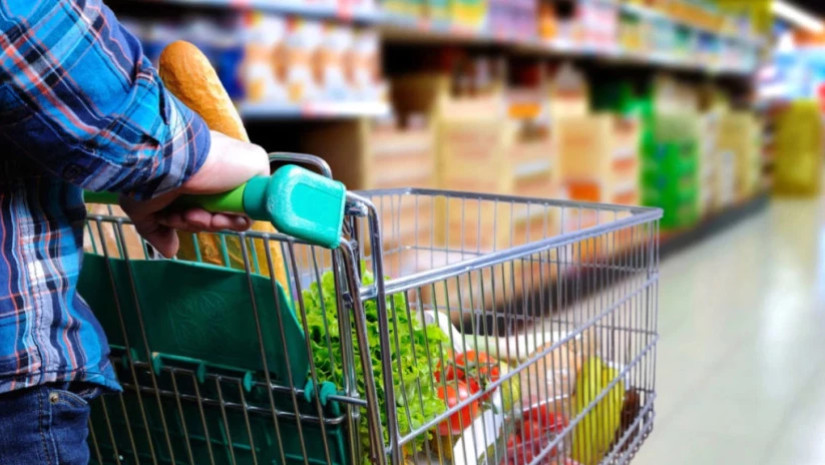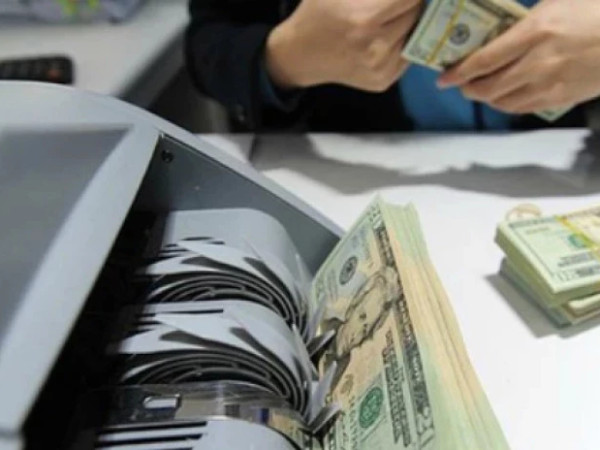Five players currently control 76% of the FMCG (Fast-Moving Consumer Goods) market.
While retail expert Khatuna Manjgaladze stated on "Сommersant" radio that five players in the market is indeed a lot, and no single entity dominates. However, in reality, the rules of the game on the market are determined by large retail chains, which could lead to a significant change in the value chain.
These five networks have captured 76% of the market, meaning they have achieved economies of scale. And here's how: they aim to offer consumers a budget-friendly, in-demand "discount" assortment at an affordable price, without focusing on product variety. The change has been the emergence of distribution warehouses owned by the retailers themselves. Consequently, they are being displaced, supplied to their own warehouses and own stores, where the supplier's role weakens, and distribution companies are no longer needed. Thus, the demand for a supplier has increased, who will offer the retailer the most advantageous and exclusive overall price, allowing them to achieve their desired profit margin, whether it's 15%, 20%, or 25%.
This all means that it will be more difficult for the supplier to ensure a better price, as the retailer can import at a better price from the manufacturer, or, if the same product is not available, to replace it with an alternative. Consequently, it will take its rightful place in the value chain, where suppliers and distribution companies will gradually lose their role in the market. The larger the network grows, the more dominant will be in terms in demand, and the more it will demand a better price from the supplier.
"At the same time, it's important to remember that the consumer, who benefits from distribution, remains the key factor: if five players remain in the market, they will always strive to offer the consumer the best price," says Miranda Manjgaladze.
"Distribution companies may soon be squeezed out of the value chain in retail," says the retail expert.


















